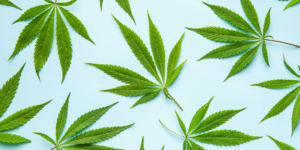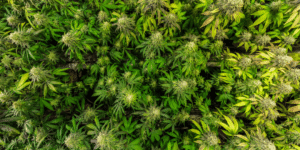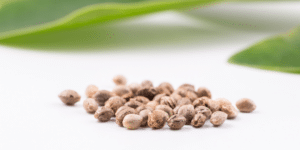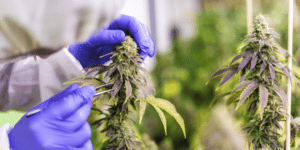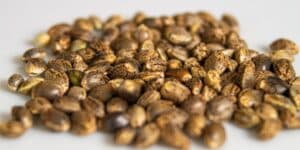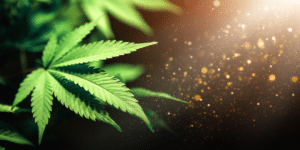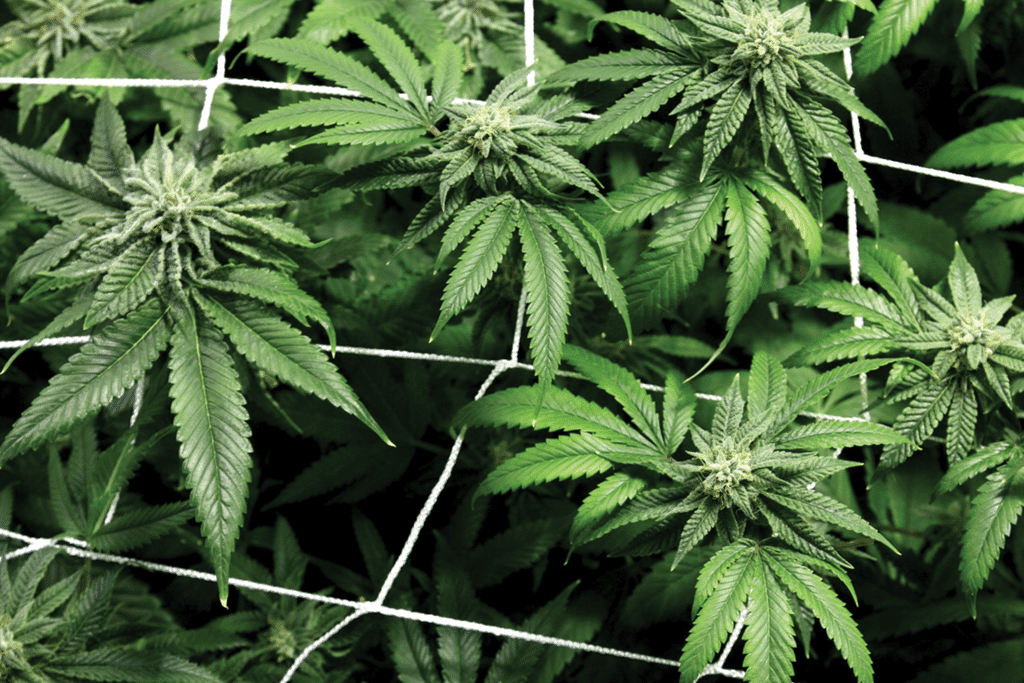Cultivation
Topped Plant vs. Non-Topped Plant [Cannabis Topping Guide]
When you’re growing your own cannabis, it’s important that you take care of your plants the right way. That’s what will lead to healthier plants, as well as larger harvests. Most people have a pretty good understanding of how to grow their plants when it comes to water, light, and feeding. Did you know that pruning is also necessary?
As with any other plant, pruning is a way for cannabis growers to get more productive plants. In the cannabis community, pruning is referred to as topping, and it’s something you’ll have to do to get the best cannabis possible. This is especially true if you’re growing indoors.

Are you new to growing your own cannabis? Then this article is for you! We’re covering all of the information you’ll need when it comes to topping your cannabis plants. We’ll explain the advantages, the disadvantages, when to top, and how to top cannabis. Keep reading if you’re interested in getting the best yields from your cannabis plants!
Contents
What is Cannabis Topping?
Cannabis topping is a high-stress training technique, or HST, used to get the most out of your cannabis plants. Cannabis grows with a central cola, or growing tip, at the center of the plant. When they grow naturally, cannabis plants end up looking like Christmas trees thanks to the way that they grow. Unfortunately, this natural growing shape isn’t the best way to get better yields.
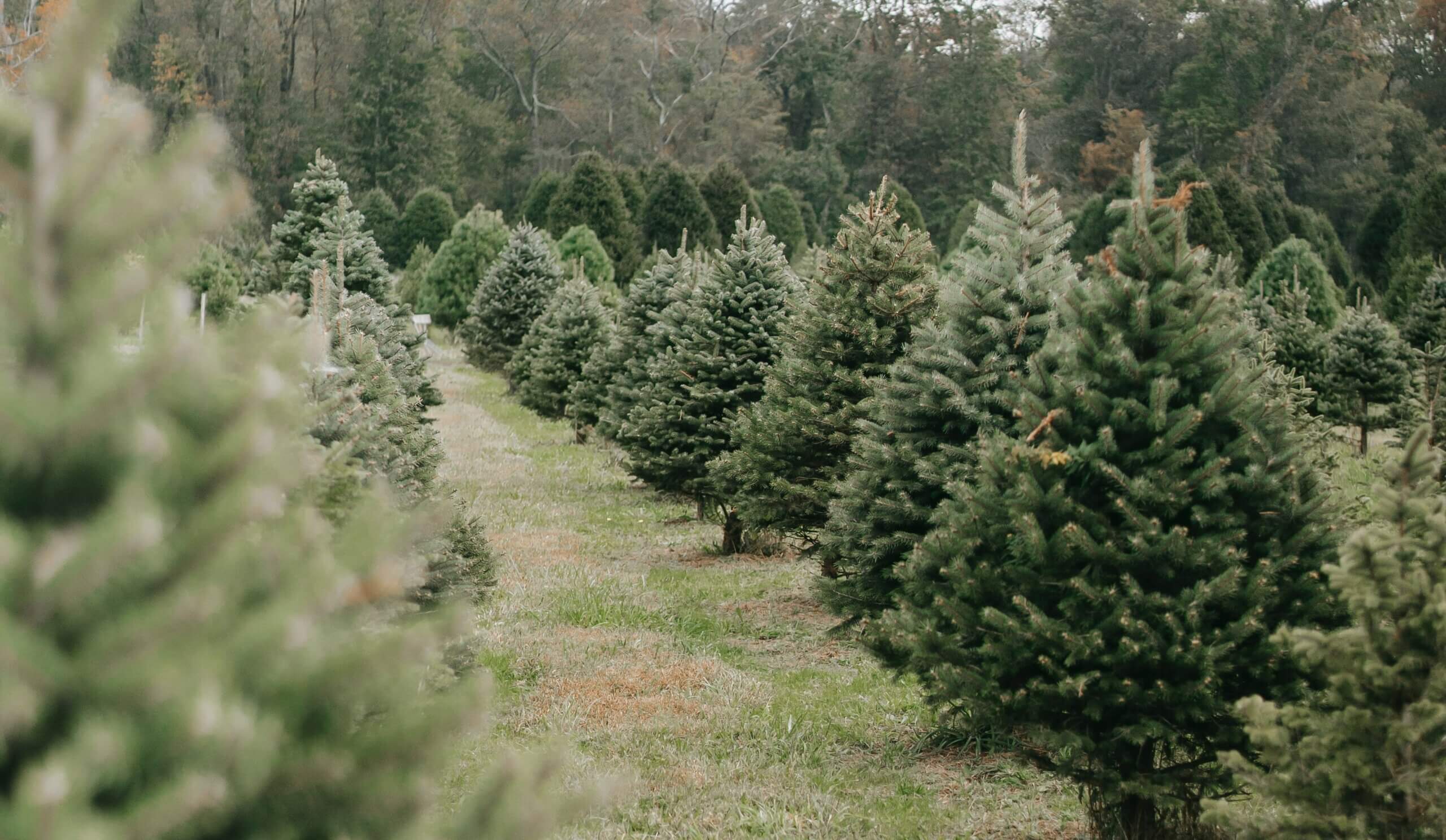
Cannabis topping involves several different methods of pruning the cola off of the top of a cannabis plant. What’s that do, you ask? Well, it changes the way that the cannabis plant grows, making it better for people trying to cultivate more buds.
When a cannabis plant has one cola, it grows up and reaches pretty good heights. As this happens, the branches below grow outwards, with the lowermost branches growing out the most. In natural sunlight, this doesn’t promote a problem for cannabis. The sun changes its orientation all day, and the plant receives the sun that it needs at different parts of the day.
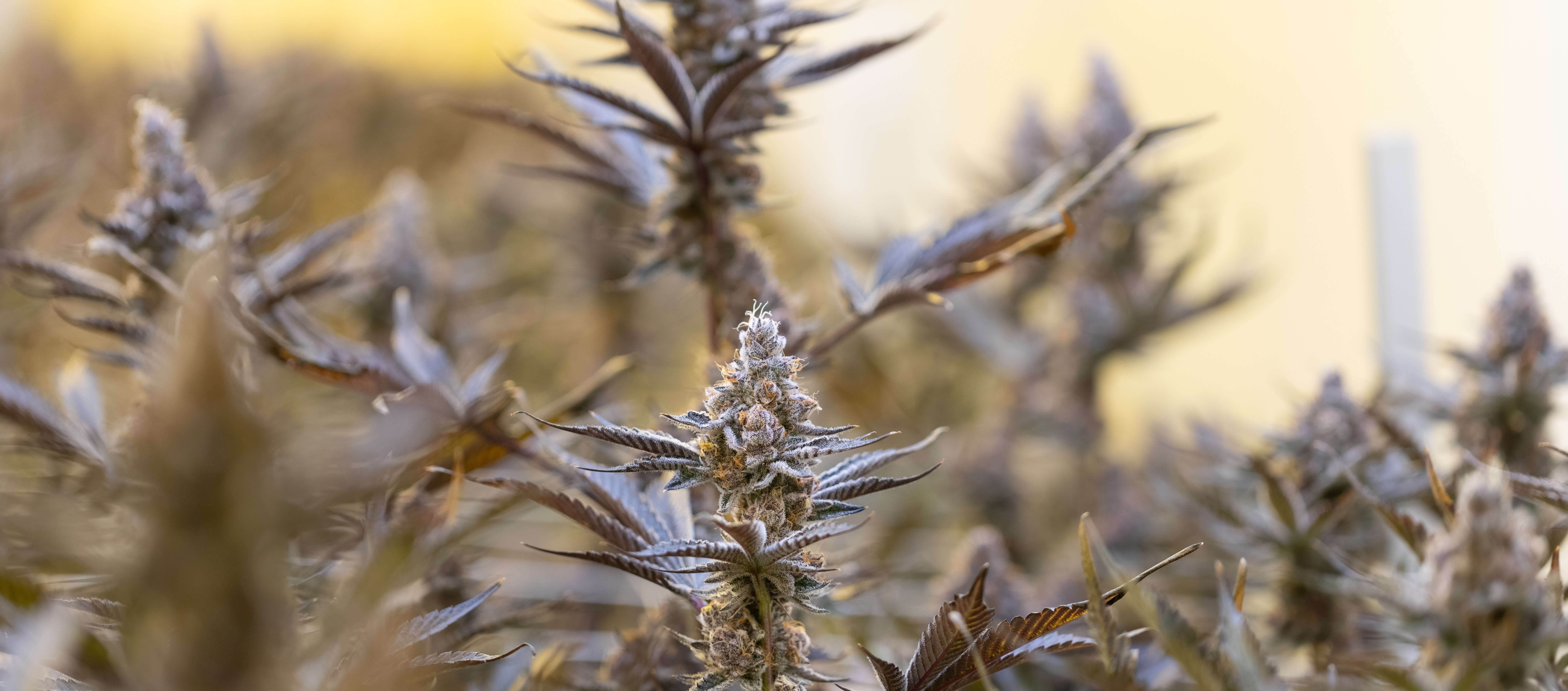
Growing indoors, however, doesn’t allow for this. That’s where topping comes in. When you take the single cola, or the top, off of the plant, it promotes the growth of a second cola, as well as outward growth rather than upward growth. This allows for an inverse of the Christmas tree shape to take place, which promotes more branch and bud growth below. This also allows the grower to take more control of their indoor growing space.
The Advantages of Topping
When you’re growing cannabis, the topping should be one of your top priorities. That’s because of all of the advantages that come with it. When you top cannabis, you gain the following benefits:
- Space becomes used more efficiently since plants stay shorter after topping.
- Plants receive light more effectively, leading to better growth overall.
- Yields are much higher for plants that are topped, meaning you get more buds for every plant that you’re growing.
All of these make a huge difference in the cannabis growing process and are great reasons to make sure that you’re topping your plants.
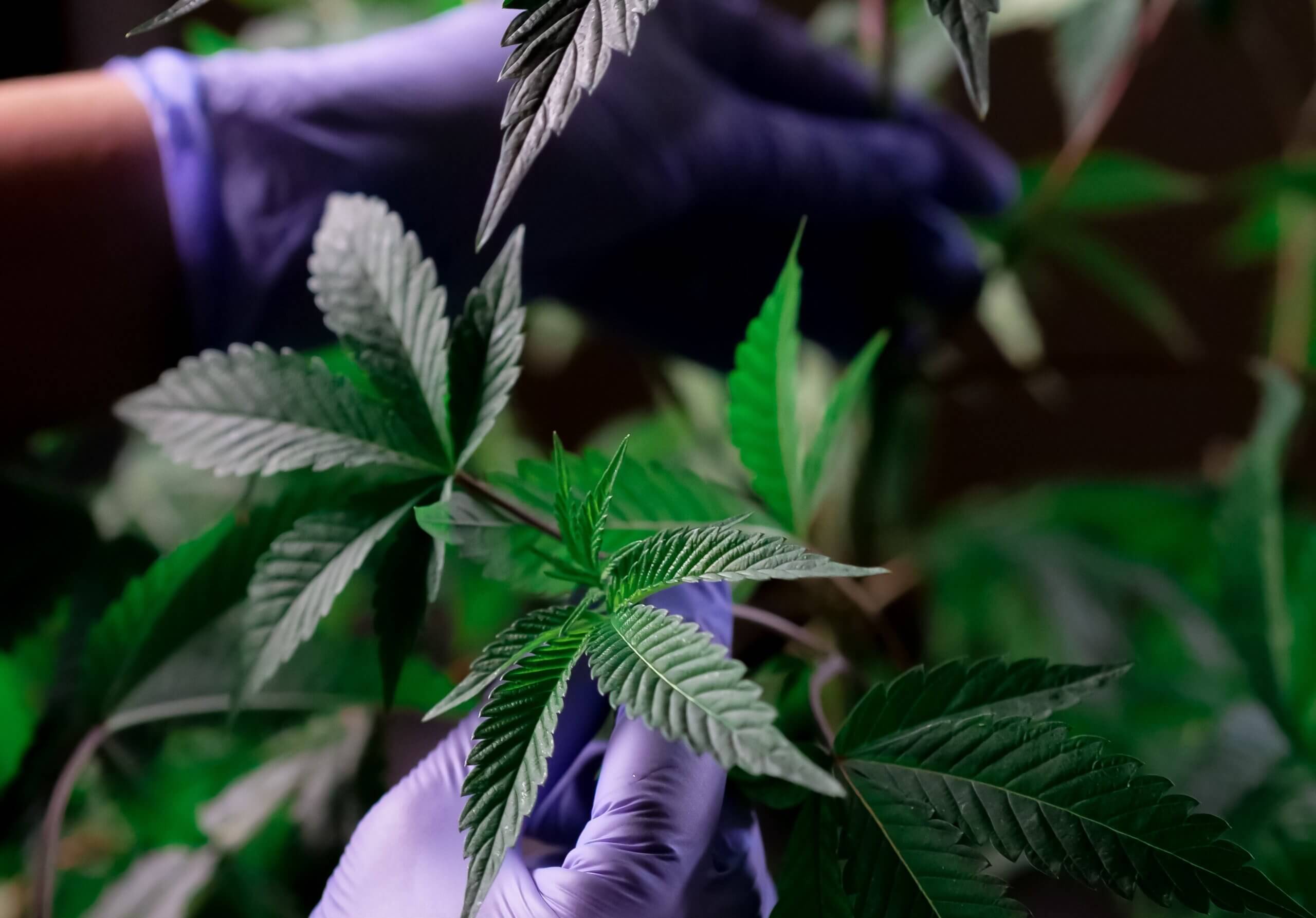
The Disadvantages of Topping
Now, the advantages significantly outweigh the disadvantages of topping. That being said, there are still a few things to keep in mind that may weigh your decision to top or not to top:
- The vergetative growth stage (also known as the 18/6 stage) has to go on for longer when your plants are topped, by approximately 4 to 6 weeks.
- Topped plants end up with multiple heavy colas, making them top-heavy, which can lead to plant damage if not taken care of properly.
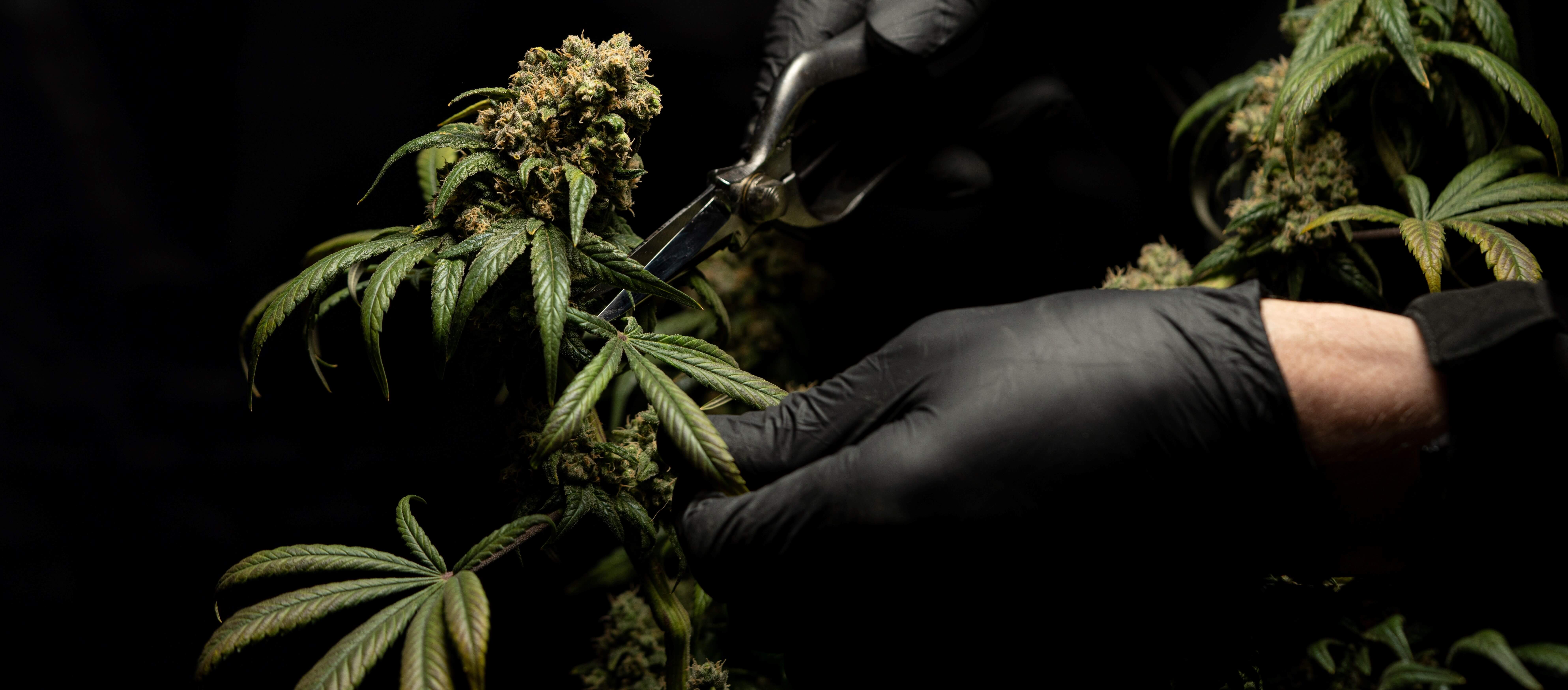
While these may seem like a big deal, it’s important to remember that topped plants are better producers. While the extended growing period can’t be helped, the top heavy plants can be.
When to Top Your Cannabis Plants
When it comes to topping your plants, timing is everything. As such, cannabis plants should typically be topped after they’ve developed 3 to 5 nodes. For most varieties, this is about 30 days into the vegetative growth phase. Cannabis plants can be topped at this point in time because they’ve grown strong enough root systems to handle the associated stress of topping.
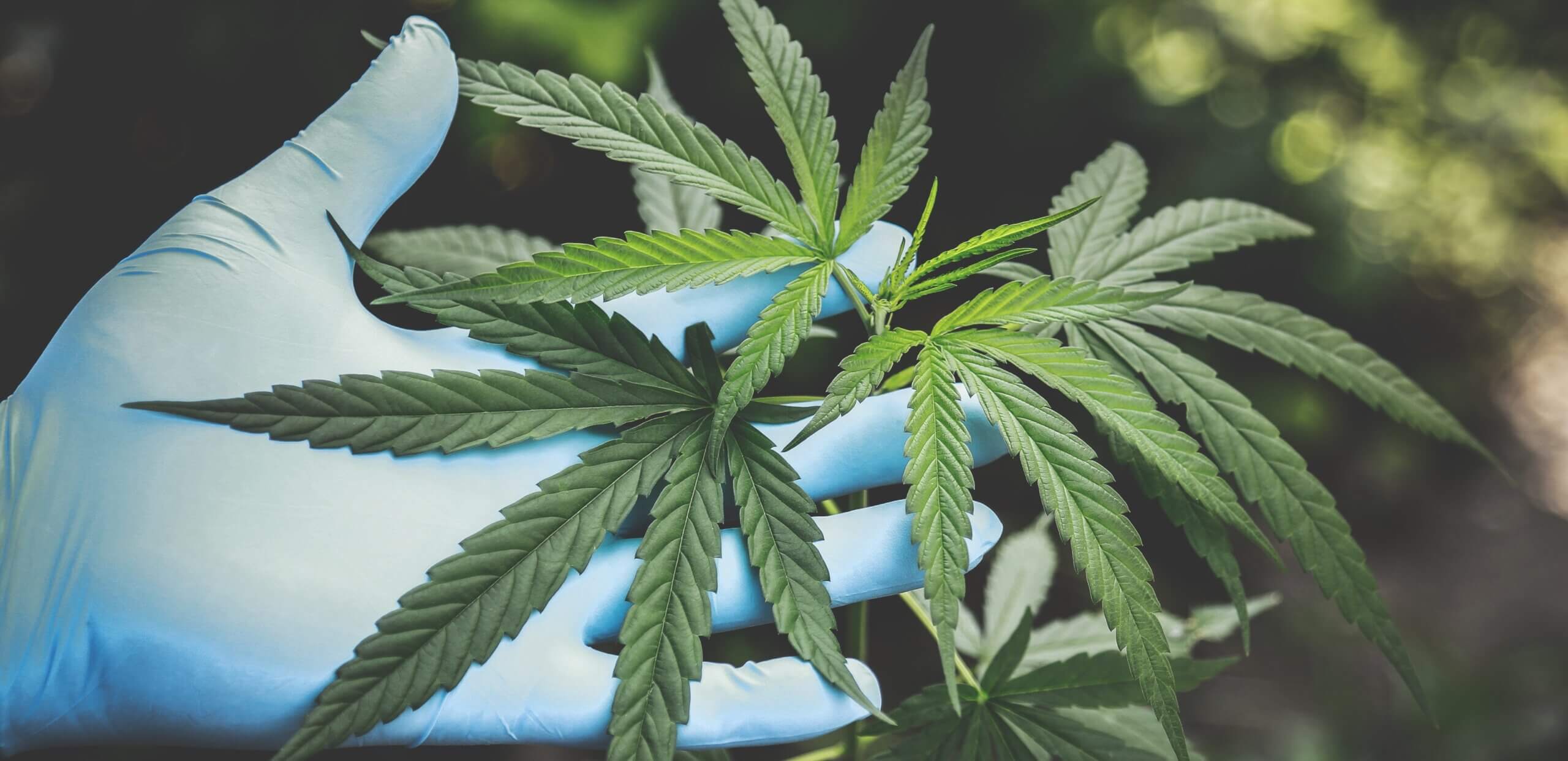
It’s important to realize that this is the only stage of growth in which topping can occur. If you try to top your plants during the seedling phase, they’ll never recover from the stress. Similarly, topping during the flowering phase will cause damage that can prevent the healthy growth of buds. This will significantly reduce your harvest size.
If you’re going to top your plants again after the initial topping, be sure to let them recover. Generally, plants can go through another round of topping around 2 weeks after the first topping.
How to Top Cannabis
Topping cannabis is a process that takes some time and practice to learn effectively. If you’re growing your own cannabis plants, here are the basic steps to topping.
Step 1: Gather Your Materials
Topping requires that you have a pair of sterile scissors or garden shears. That’s about it, actually! Make sure that you’ve sterilized your tool because any sort of contamination could harm your plant.
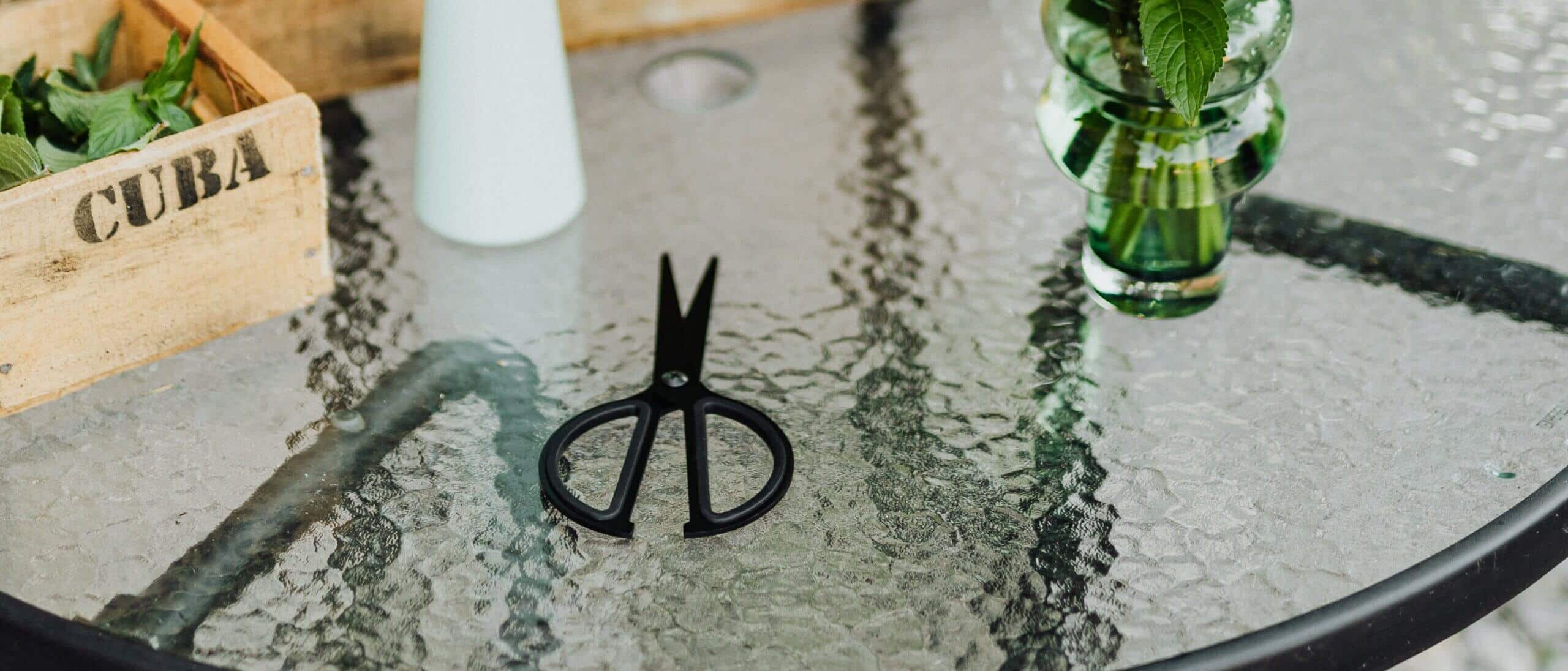
Step 2: Locate Plants with 3 to 5 Nodes
Topping should only take place on plants that are strong enough to handle it. Plants in the vegetative growth stage that have 3 to 5 nodes will be able to handle the procedure.
Step 3: Cut the Main Stem Between the Nodes
On the main stem, cut about 5mm above the nodes. This helps you avoid doing any accidental damage to your plant’s canopy. After this has been cut, you’ll see that the plant begins to grow 2 branches rather than one, and with it 2 main colas.
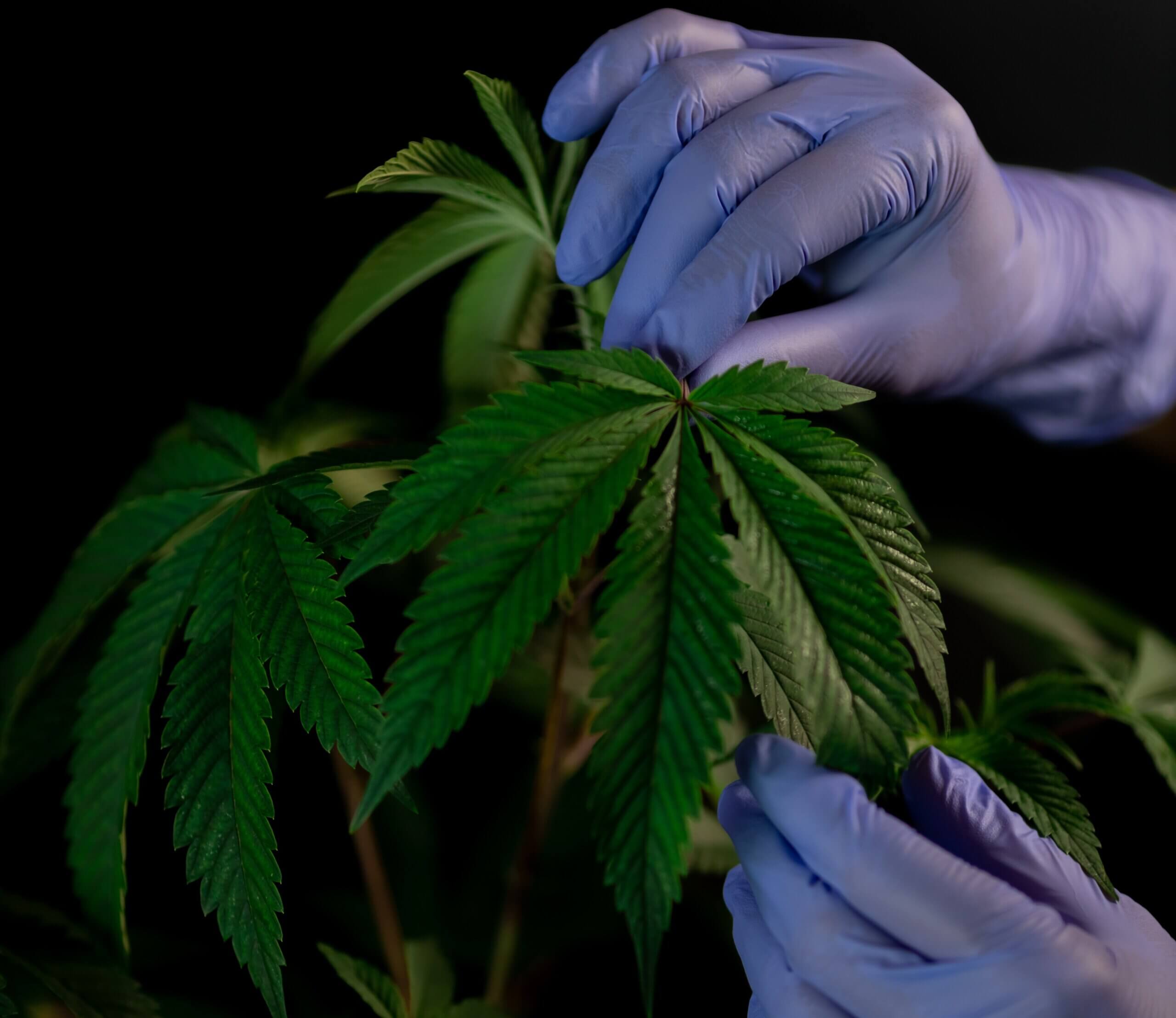
Step 4: Repeat as Desired
Give the plant about 2 weeks to recover. Then, if you want to extend the canopy even further, top again. This increases the colas and the canopy, which will increase yield. Slowly, you’ll see the inverse Christmas tree take shape.
Better Techniques for Bigger Harvests
As discussed previously, there are some techniques to consider when topping your plants to yield bigger harvests. Check them out below:
- Allow for proper recovery – a plant that’s constantly recovering won’t grow effectively.
- Use sharp tools – a dull blade may break the stem rather than cut it, causing further damage.
- Lollipop your plants, encouraging growth.
- Combine with other good growing techniques, like SCROG.
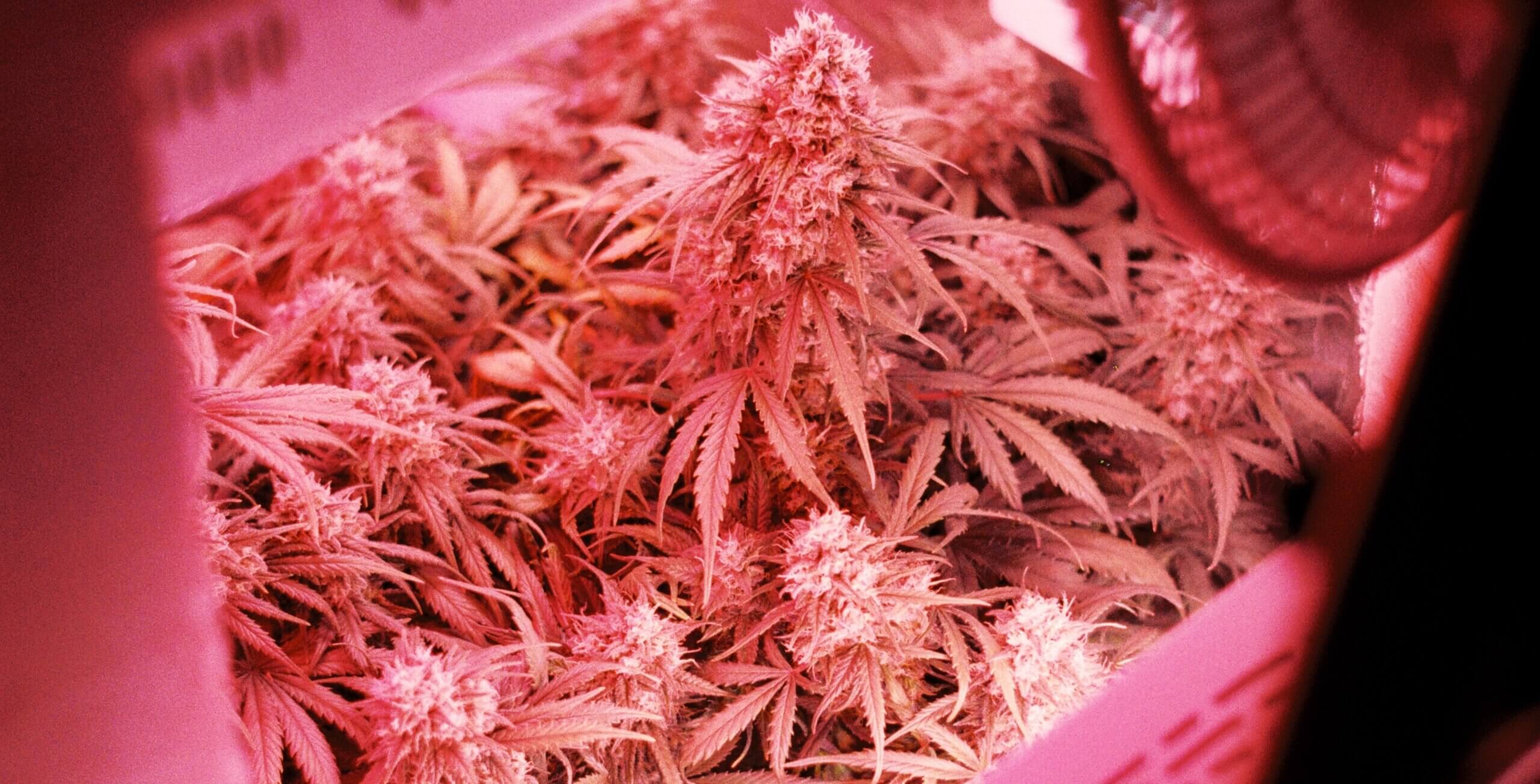
What is Lollipopping?
Lollipopping is another term for pruning. It takes place after topping, though. The term lollipopping takes its name from the shape that results. Essentially, the lower branches of cannabis plants are cut at a certain point to direct growth to the topmost bud sites where light is more available. This results in much larger yields and bigger buds.
Understanding SCROG
Often, SCROG is considered the best method for growing cannabis, though it is also the most labor-intensive. On cannabis plants, especially those grown indoors, the branches in the canopy grow the best. This is due to their relative position to the light. The more light the branches get, the better they grow. But what if all of a plant’s branches were in the canopy? That’s exactly what SCROG does.
SCROG stands for a screen of green. It’s the best way to get a larger harvest, and it follows the same methods that topping does. The goal is to get the plant to grow wider than it does tall, giving all branches lighter. This increases production.

The method involves hanging a screen above the plant and weaving branches into it. As the plant grows, the lowermost branches that can’t be weaved in are pruned. This allows the branches in the screen to continue to grow outwards, eventually creating a cannabis carpet. This allows for more even light distribution, larger yields, and better aeration.
Combining Topping and SCROG for the Best Results
When you put topping and SCROG together, you get the best results for your cannabis plants! First, of course, you want to take care of topping your plants. Topping is going to encourage outward growth to begin with, and will make the SCROG method even easier. Most of the time, topping should take place twice to ensure that your plants want to grow outward as much as possible.
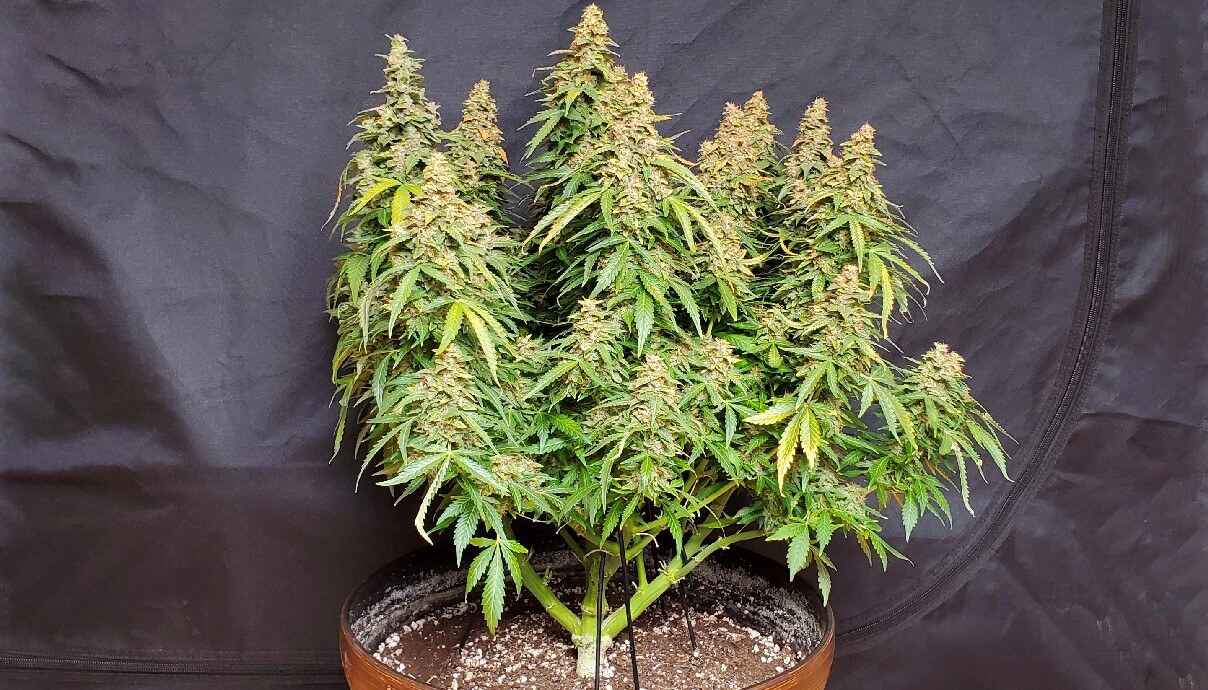
Following the recovery of topping, hang a screen above your plants. Make sure that the screen is just above the colas of the plant, or that the colas are weaved through it. Then, as the canopy begins to extend, weave the branches in and out of the screen. This should be done during a 12/12 cycle, which will promote extended, even growth.
After the plants have begun to fill in the screen, it’s time to prune the lowermost branches, or lollipop the plant. These branches won’t extend far enough to be woven into the screen, and removing them will promote upper growth. This will give you larger yields overall, and will result in healthier plants.
Topped Plant vs. Non-Topped Plant (FAQ)
Are topping plants worth it?
Topping cannabis plants, whether they are grown indoors or outdoors, is an effective method for increasing the size and quality of the harvest, which is the major objective of any grower. To begin, it is important to comprehend that topping involves making an accurate incision at the node. Even though this may appear simple, the time of topping is quite important.
Do topped plants yield more?
Growing cannabis plants by topping them is a tried-and-true technique that expert growers practice maximizing the total amount of buds produced by a single plant. To stimulate a more significant yield with less investment, this method is not only straightforward but also highly cost-effective.
Does Topping increase bud size?
To “top” a weed plant means chopping off its main stem to push it into more bushy growth, allowing it to produce more and be in better health overall.
How long does it take to get new growth after topping?
For healthy plants, the recovery period is typically between 2 to 3 days after being topped. Keep the leaves on the topped node since they are vital to the continued development of the branches that emerged from it. The stress caused by topping during flowering can decrease growth and reduce production. Therefore avoid doing it at all costs.


